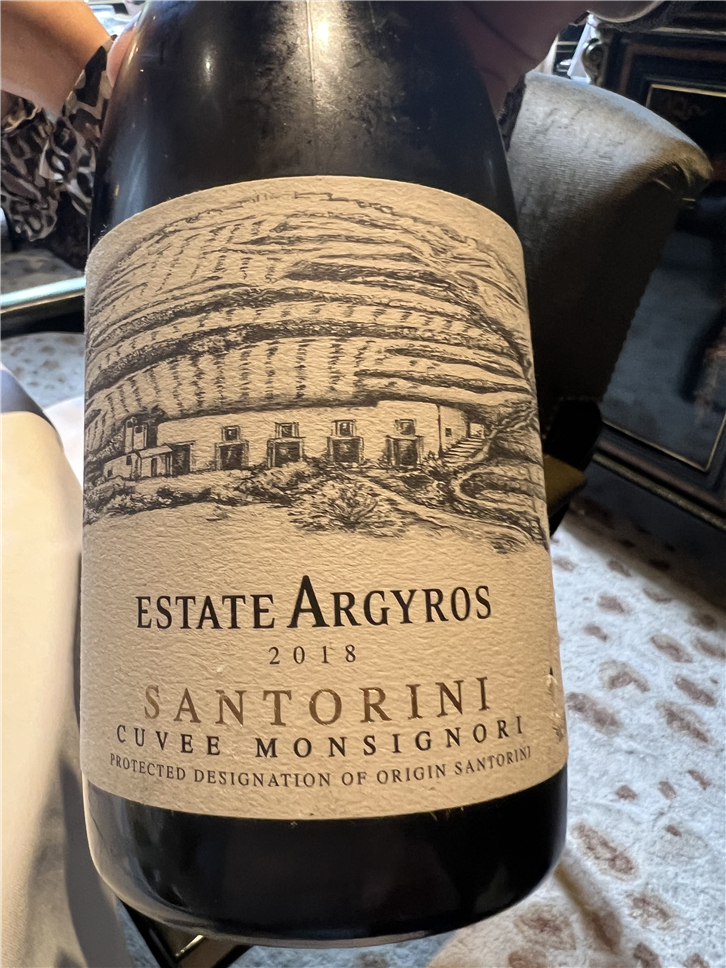Musings on Restaurant Wine Lists and Markups
Saturday, December 28th , 2024

When writing restaurant reviews, I try to spend some time commenting on the wine list as well as the menu and food, and in recent years I have invested quite a lot of time analysing the lists in some detail, at least when they are available in electronic form. They are often not, and in the case of France a lot of restaurants treat their wine list as a state secret, refusing to share the list in advance or indeed at any point.
In particular, I try to look at the markup levels of the wine, comparing the price of each bottle quoted with the current retail price, which can be looked up on databases like Winesearcher. Restaurants naturally look to make a profit on wine as they do with food, but customers tend to be more sensitive to food prices, as they usually have a sense of what they think that a steak (say) should cost, at least in their eyes. Consequently, restaurants often let the wine list do a lot of the heavy lifting when it comes to profit margins.
In December 2024 I decided to have a look at the general levels of wine pricing in restaurants, using the data that I had gathered across the last few years of reviews. I looked at 278 separate restaurant wine lists, of which 224 were in London, 38 in the UK but outside London and 16 in Europe. I record the price on the list and add service (which these days can vary from 10-20%, though it is mostly 12.5% in the UK) and compare this to the retail price, including VAT. The average markup to retail price was 3.03 times, but there is a lot of variation within that. The London average was 3.07 v 3.04 times for the rest of the UK, which shows less difference than I was expecting. The average abroad was 2.47 times the retail price, even though these were all fine-dining restaurants, including several 3-star Michelin places. This confirms a general sense that London (and the UK in general) is one of the priciest places to drink wine in restaurants.
The cheapest wine list in London is Andrew Edmunds with an average markup of 1.81 times the retail price, and honourable mentions should go to Les 110 de Taillevent at 1.97 and 10 Greek Street at 1.98 times the retail. Noble Rot was exactly twice the retail price on average and Hunan was just 2.15 times retail. Well done to those places.
At the other end of the scale, the highest average markup in London was Endo (4.60), Chez Roux (4.48), Kanesaka (4.38), Kolamba (4.16), Lisboeta (4.15), Alain Ducasse at the Dorchester (4.05) and Daffodil Mulligan (4.00). These are averages but there are some striking variations in markups on specific bottles. A few wines are over 20 times their retail price. If you think these are wild outliers, 14% of all the wine lists analysed had at least one bottle that was 10 times retail price, and 34% had at least one bottle that was 7 times retail price. On the positive side, 38% of lists had at least one wine below its retail price, and 12% had a wine that was less than half its retail price.
|
Lists with at least one 10 times retail |
39 |
14% |
|
Lists with at least one below retail |
104 |
38% |
|
Lists with at least one 7 times retail |
95 |
34% |
|
Lists with at least one below 0.5 retail |
34 |
12% |
|
Lists with at least one 15 times retail |
11 |
4% |
In all cases, the prices were taken from the average of the WineSearcher database at the time of the analysis. Of course, restaurants do not pay full retail price: they might expect to pay 20% or so below that price. Some caveats: the analysis that I have done is largely from the last year or two, but there are some older lists, and wine lists change. In the case of really large lists (110 de Taillevent has over 1,600 bottles) I have not always worked out the retail price of every single wine, but have instead taken a good-sized sample of the list, but in all such cases I will have looked up a significant chunk of the wines on the list. Most of the figures reflect the entire list.
In summary, we get the restaurants that we deserve. If you find some of the markup levels outrageous then you should let the restaurant management know that, and instead go to places that have kindlier profit margins on their wine. As you can see, there is a vast gulf between the kindest and the greediest.


